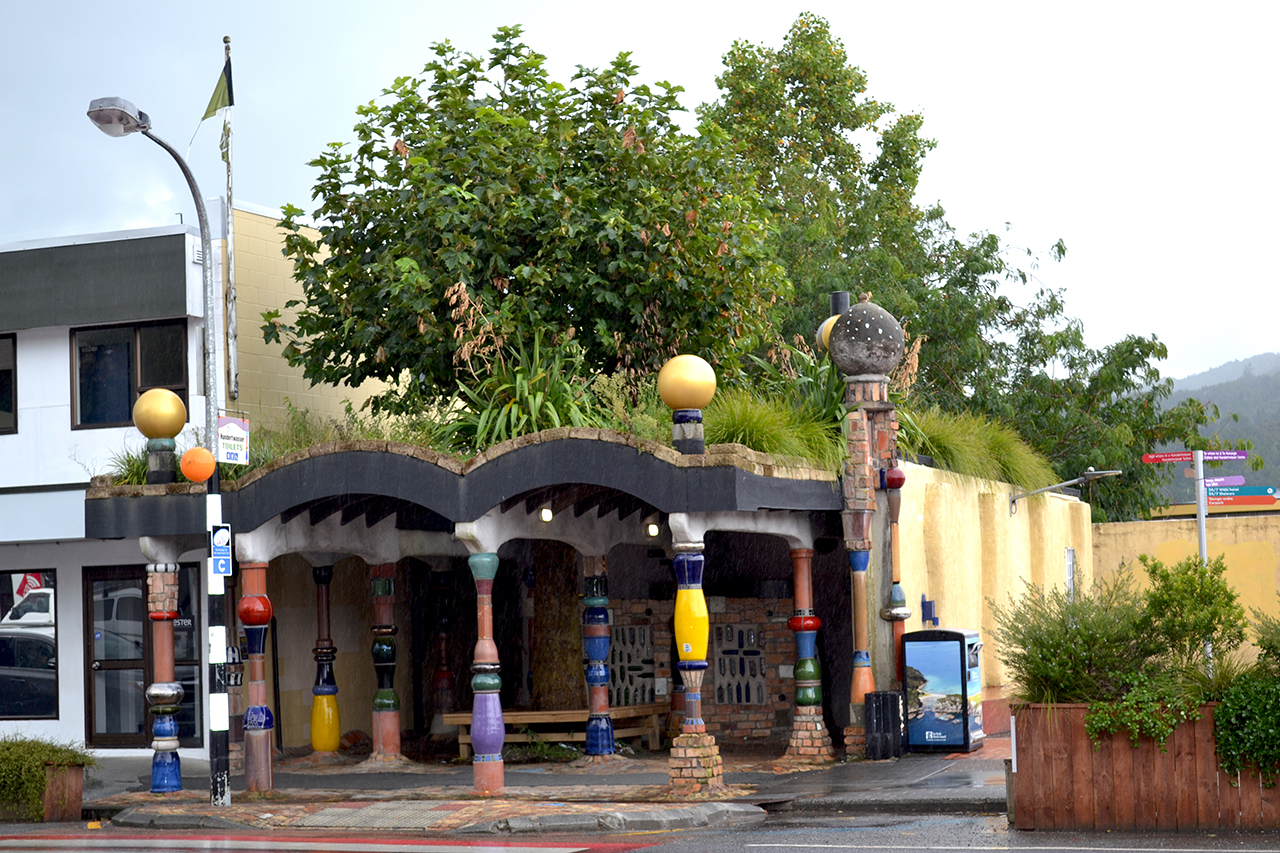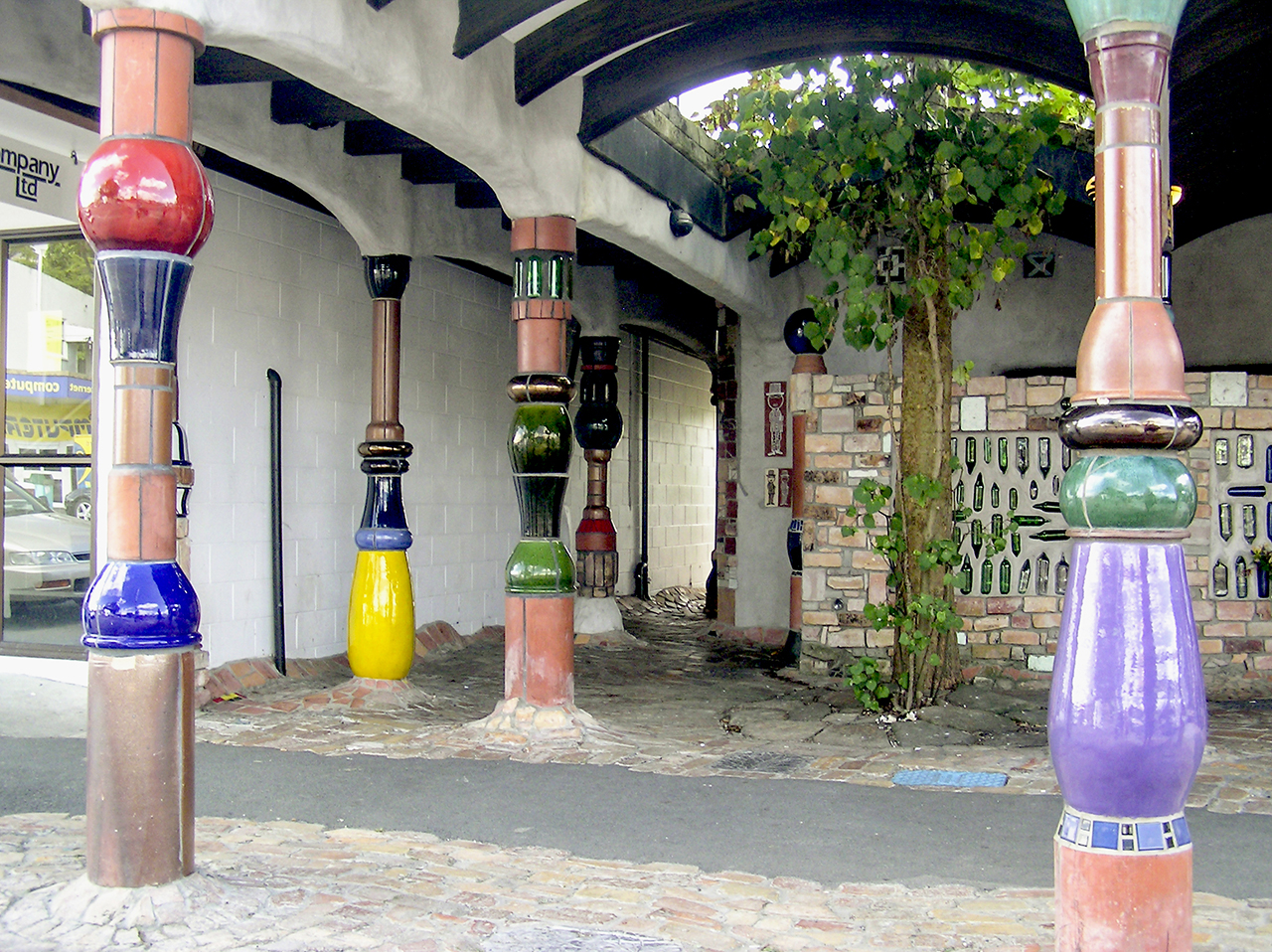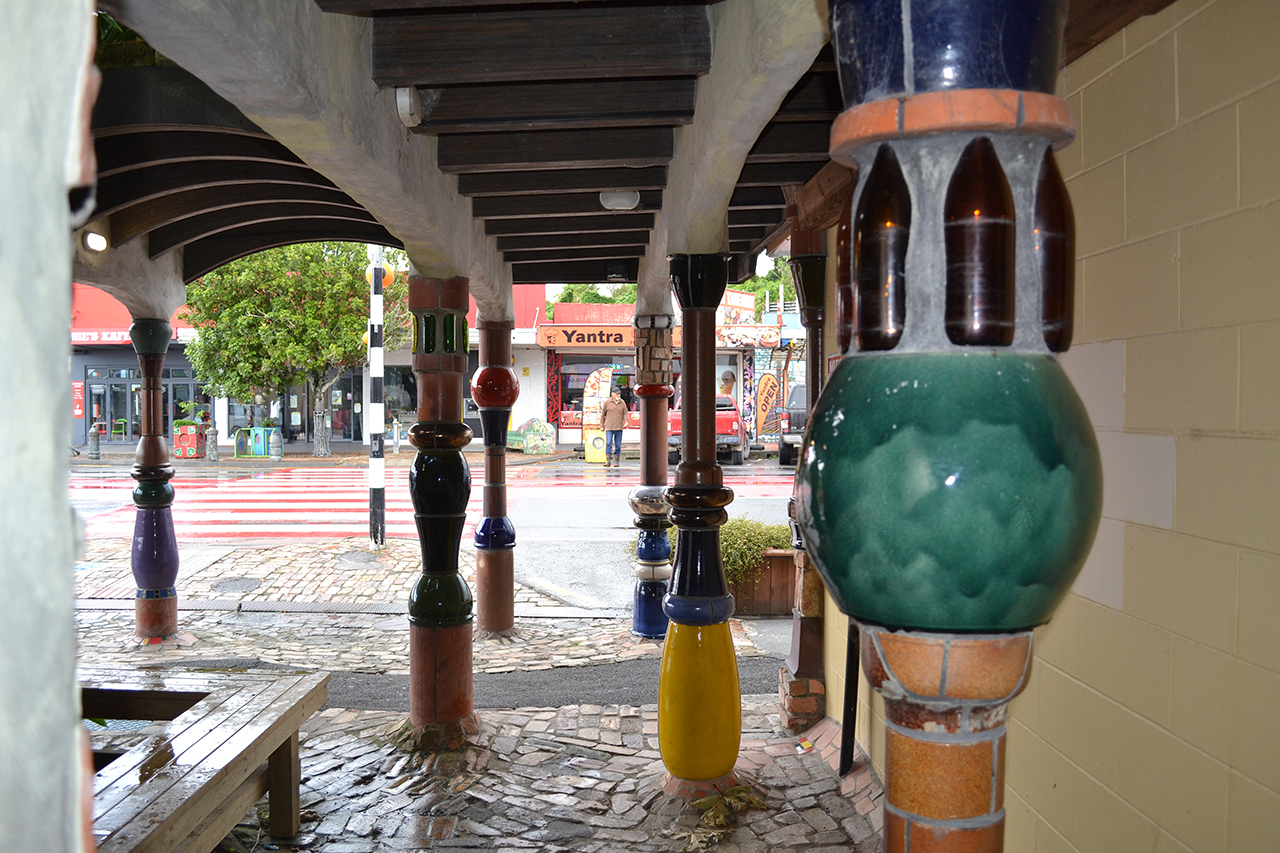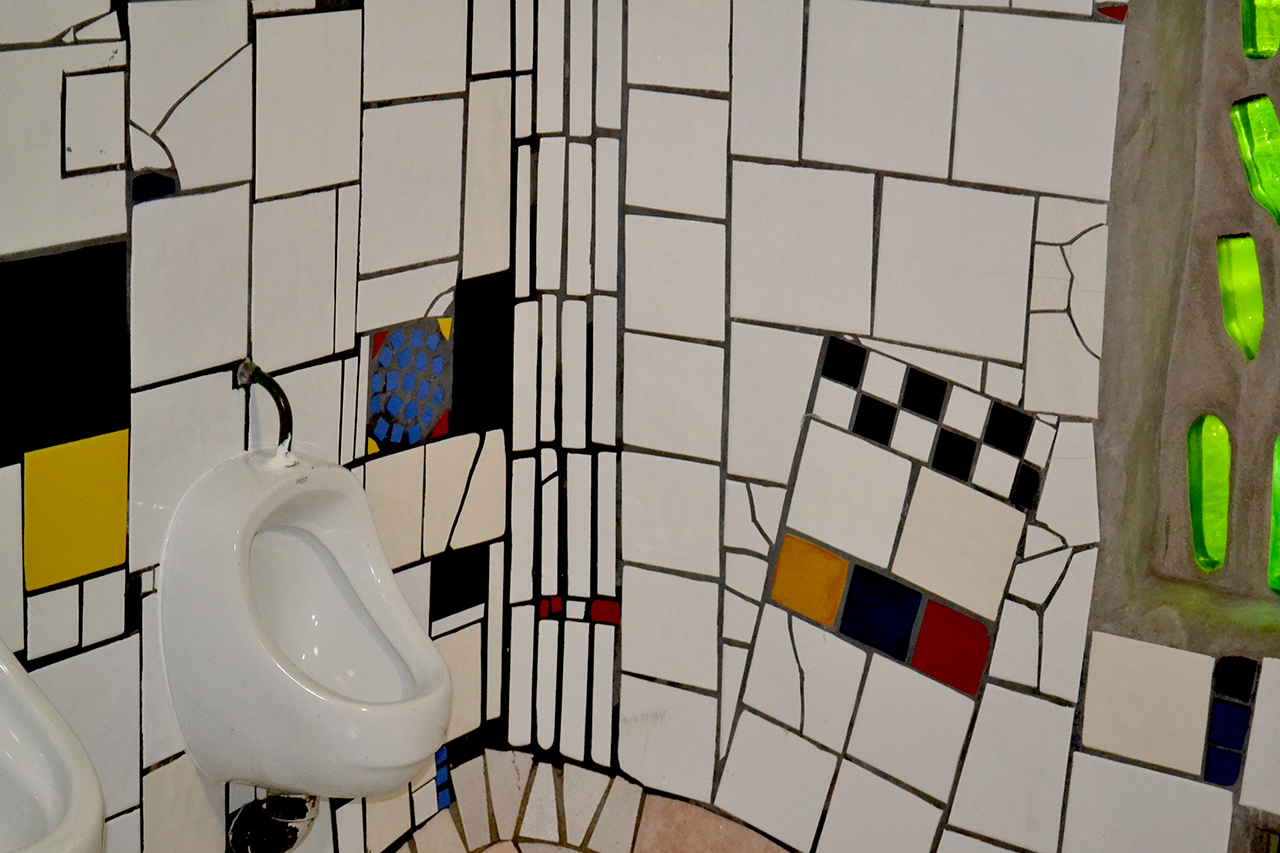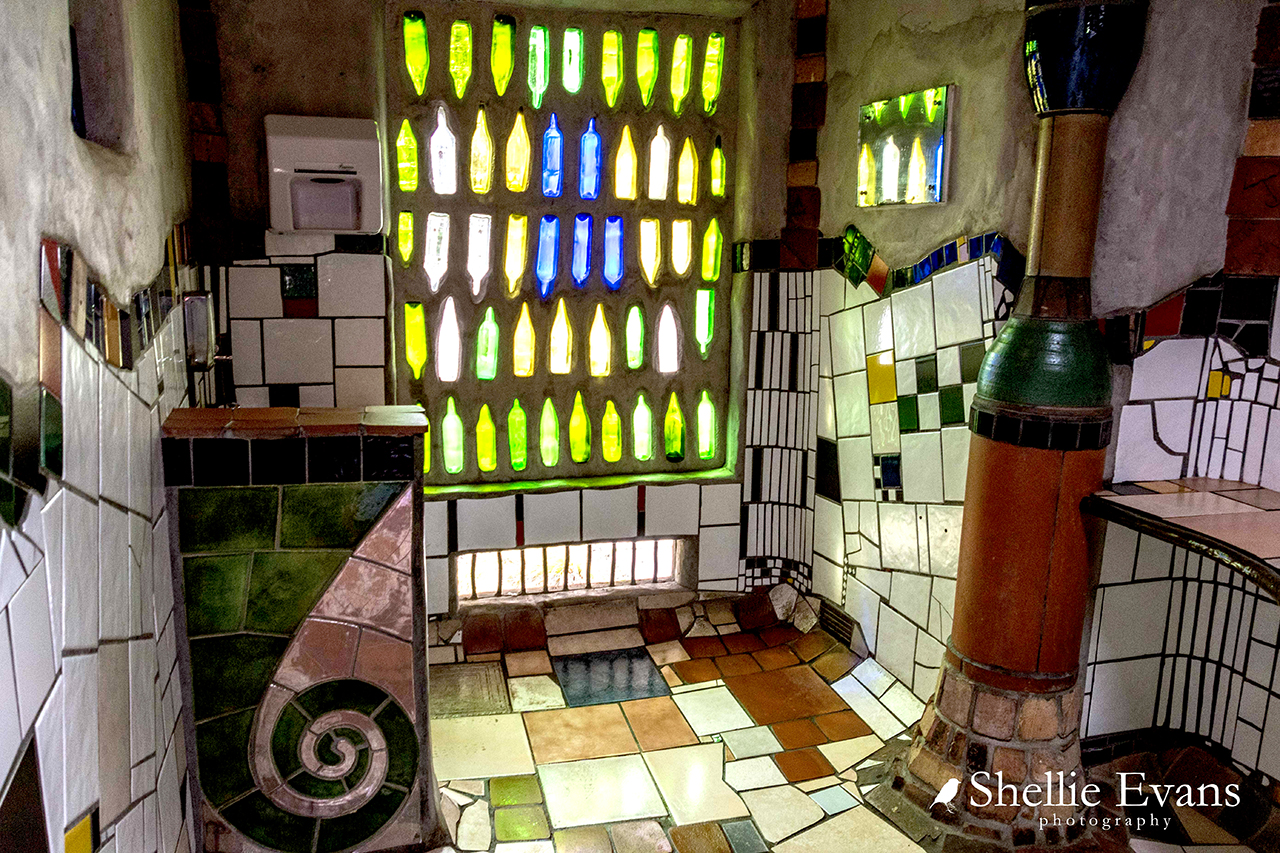Early History of Kawakawa
Kawakawa is situated in the rohe of Ngāti Hine. The rohe of Ngāti Hine is composed of hilly terrain, fertile valleys and large tracts of swampland. The main river is Te Awa Tapu o Taumerere and numerous creeks and swamps criss-cross the landscape. Into this landscape of swamp and hills settled the descendants of Hineāmaru, the ancestor of Ngāti Hine iwi.
Kawakawa is at confluence of the Waiōmio and Waiharakeke streams. There are many archaeological sites situated downstream of Kawakawa that are associated with Māori settlement of the area; these include pā, gardens, terraces and middens.
In 1859 Maihi Paraone Kawiti (son of Ngāpuhi rangatira Te Ruki Kawiti) had asked the Governor (Gore Brown) to have the Kawakawa area settled by Pākehā and a town established. The Governor replied that he was pleased that Māori had agreed to sell the land around Kawakawa but favoured Kerikeri as the site of a town in the Bay of Islands. However, this decision was changed when coal was discovered in Kawakawa in 1861. When the specimens of coal were sent to Auckland for tests it revealed that the coal was of the best quality and excellent for both steam and gas making. The District Land Commissioner Henry Tacy Kemp negotiated the purchase of 24,000 acres of land around Kawakawa from its Māori owners. The town of Kawakawa was built around coal and the first railway in the North Island was constructed in 1868 to carry coal to the nearby Taumarere Wharf and Landing on the Kawakawa River. Commercial mining for coal stopped at the beginning of the 20th century due to repeated flooding of the coal mines and farming and tourism became the principal economic activity of the area.
Kawakawa Public Toilet Site
The toilets are situated on the main street of Kawakawa which is State Highway 1 and has a railway line running centrally through the Highway. Both sides of the Main Street are lined with shops and the toilets are placed centrally in the town A title for part of Te Wharau Block, known as Lot 2 DP 21503, was issued to William Stewart, an agent from Auckland, and Augustus Hall, Kawakawa butcher, in 1929 before being sold to Robert Reyland, Kawakawa bootmaker, the same year.
By 1951 the property had been transferred to Ernest David Taylor, Kawakawa garage proprietor who undertook a subdivision which created Lot 1 DP 46977 in 1959. In 1961 the land was an undeveloped parcel with large industrial buildings to the north and east. The land then came under Public ownership when Lot 1 was acquired by the Chairman Councillors and Citizens of the Town District of Kawakawa in 1969.
By 1975 a small public toilet building with men’s and women’s conveniences had been constructed on the site. The structure was set back from the road with a small garden at the front.
Prior to the 1960s public toilets were generally built ‘out of sight or hidden amongst shrubberies’ but concerns about safety and the difficulty of locating these hidden facilities led to a change in public attitudes and from this period new facilities were constructed in highly visible locations which was reflected in the placement of the new toilets on the main street of the small township. There was an active movement by the Community Board not only to improve the buildings but also to have a building that would have a positive impact upon the economy of the small town.
Friedensreich Hundertwasser (15 December 1928- 19 February 2000)
Friedensreich Regentag Dunklebunt Hundertwasser, born Friedrich Stowasser, is internationally recognised for his art, architecture, writing and environmental protection. He was born in Vienna to a Catholic Father and a Jewish Mother which was extremely difficult during the Nazi Regime. To avoid persecution, they posed as Christians and Friedrich joined the Hitler Youth to cement the deception.
After the Second World War he trained at the Academy of Fine Arts in Vienna and his artistic career ascended from his beginnings as a hunger artist (Hungerkunstler) in the circle of the avant garde in Paris in the 1950s to the international art world. Milestones in his ascent included the 5th Sao Paulo Art Biennial, Brazil 1959; the Venice Biennale 1962; and the Documenta III in Kassel, Germany 1964; his solo exhibition at the Toyoko Gallery 1961; major museum retrospectives such as one at the Kestner Gesellschaft in Hanover Germany 1964 and numerous other exhibitions in art institutions in Europe and the United States.
Architecture should elevate and not subdue man. It is good to walk on uneven floors and regain our human balance. The straight line leads to the downfall of our civilisation.
This philosophy would influence the creation of the Public Toilets in Kawakawa in the southern hemisphere many years later.
In 1967 Hundertwasser purchased the old salt freighter San Giuseppe T built in 1910. Over the next 7 years Hundertwasser not only got his Captain license but was also extended, remodelled, and the ship was renamed the Regentag. These extensive changes became his architectural apprenticeship and working within the curves and shapes of a wooden ship reinforced his affinity with the nonlinear built environment.
In Hundertwasser’s architecture the floors roll and buckle to imitate the swell of the earth, trees grow in or out of the buildings, and most surfaces are decorated with mosaics or recycled glass. Hundertwasser buildings make statements against conventional architecture that separates the built and natural environment. This was in direct contrast to the earlier modernist movement which is perhaps best summed up by Adolf Loos a pioneer of modernist architecture (1870-1933) who proclaimed that ornamentation on buildings was a crime. Hundertwasser believed that buildings should make you happy, be beautiful, work with nature and inspire the people that live in them. He railed against uniformity and believed that architecture could provide aesthetic solutions to social problems and called the uniform buildings “slave cages.”
Hundertwasser began working as an architect at the age of 55 and he treated buildings by decorating them to be in harmony with nature. He had an international career spanned multiple countries with works being created in Austria, Israel, Spain, Netherlands, United States, Switzerland, Japan and New Zealand.
The international artist was invited to New Zealand in 1973 for an exhibition of his work at the Auckland Art Gallery entitled Paintings and Graphics by Hundertwasser. He stayed in New Zealand after the opening, and after buying a Morris Mini explored and travelled New Zealand meeting local people, swimming in the sea as much as possible. His first stay had lasted 148 days, and he was enthralled with the people and the country.
In 1974, on his second visit to the country, he produced a poster for Conservation Week/ Te Wiki Taiki Ao Turoa which won the competition. Hundertwasser visited again in that year continued to travel around New Zealand and was gaining a more realistic appraisal of the country and commented on erosion, deforestation, lack of architectural beauty in new homes, and commercially driven farming.
Hundertwasser brought a 200-ha property in the Kaurinui Valley near to Kawakawa and used the farm to expand his ethos that we must restore to nature territories which man has illegally occupied. During his lifetime it was reforested with over 150,000 trees planted. He worked closely with his neighbours and the community to realise his vision of a place in a peace treaty with nature. Hundertwasser also established links with the Kawakawa community through his efforts to preserve the historic Post Office (which was demolished) and his involvement with the Bay of Islands Vintage Railway.
In 1983 Hundertwasser designed a new New Zealand flag which was based on the koru fern which combined Hundertwasser recurring artistic motif of the spiral with “that combines New Zealand’s age-old heritage of nature and the heritage of Māori history with the growing future of a new nation”.
Modifying Kawakawa Public Toilets
The Kawakawa business community approached Hundertwasser in 1998 (known locally as Fredrick) to have a building designed by the artist which would have a positive economic and artistic impact upon the town. It would make Kawakawa a destination, rather than a thoroughfare to places further north.
The public toilet block which was a 1969 utilitarian structure was to get redesigned by Hundertwasser and incorporate many of his design features. The original building had little aesthetic merit being a concrete block structure. The transformation of the building into something of beauty and a designed building which was in harmony with nature personally appealed to him as well as contributing to the community in which he now lived. The building belonged to the Far North District Council and so they managed the project.
To explain the vision to the community, Hundertwasser and his collaborator Richard Smart, who managed the Hundertwasser property, and was also involved with architecture, sculpture, and painting, created a 1:20 model which became the basis of the revamped Kawakawa toilets.
Renovation of the building was partly a community effort and the work was commenced in 1999. The head builder and contractor were Mike Brouwers with assistance from Richard Smart and Doug Shepherd with contributions by Peter Yeates and Mike Woodman. The local Bay of Islands College students prepared the ceramic tiles, the bricks were from a former Bank of New Zealand building, recycled bottles were used, and the construction was completed by community volunteers. The project was managed by the Far North District Council, and the project leader was Sue Hodge. In an interview with Ms Hodge, she expressed her ongoing fear of costs for the project as Hundertwasser would make changes if aspects of the project did not fit his artistic vison. If he was not happy with aspects of the building it would be pulled down and started again. But he would pay for those changes so his artistic integrity would be preserved.
Reimagined Toilets
Hundertwasser’s philosophy was to modify rather than tear down modern buildings. He approached functionalist buildings with improvements that would reduce their environmental impact and beautify their appearance.
This is what happened to the utilitarian Kawakawa concrete block public toilet. Hundertwasser approached the building as an architectural doctor curing the ailments of unsustainable, uniform structures.
At his farm in Kaurinui in 1976 he had produced a bottle house with help from Graeme Butler and neighbours the Fagan and Shepherd families. Recycled bottles are also used in the back of the Kawakawa Public Toilet which emit light but, because of the selection of coloured bottles, also provide privacy.
Another of the design elements that Hundertwasser employed in his buildings was the use of a living roof. Artist and ceramicist Peter Yeates who had helped with the Rentag contributed a roof element. Hundertwasser selected and planted two trees on the roof - “the tree tenant pays rent in a more valuable currency than a human tenant” - through supplying oxygen, regulating climate, absorbing sound, “dispensing beauty,” acting as curtains, hosting butterflies and birds, and improving the mood. All of this, to Hundertwasser, is “a symbol of reparation towards nature” through the integration of natural and inhabited environments. The trees selected were a Plane tree for the Front (southern end) of the building and a Tulip tree for the (northern) rear end.
Bright colours and non-uniformity are design elements in Hundertwasser buildings, and these were employed at Kawakawa. There is a playful golden orb on the roof, recycled bricks from the dismantled Kawakawa BNZ Bank and donated bottles are used at the entrance and elsewhere in the building. The columns at the front of the building were created by Hundertwasser by assembling brightly coloured Asian ceramics. The students of the Bay of Islands College in consultation with the architect/artist prepared ceramic tiles that were used throughout the building.
The floor of the building is cobblestone and, true to his philosophy that it is important to walk on an uneven surface, the cobbles are laid in an undulating form on an uneven surface.
The building is quirky, colourful, undulating, and playful. The wakamanawa (blessing) was performed by Ngati Hine kaumatua Kevin Prime. Noma Shepherd, his neighbour, read his message at the opening of the building which sums up the artistic and architectural vison of Hundertwasser.
“That even small things can bring beauty into our life…. It is harmony with beauty and harmony with nature, which makes us feel good. Beauty has an important function. Beauty is always underestimated.”
This is the only example by Hundertwasser design on a public building in Aotearoa New Zealand during his lifetime that he actively contributed to.
On July 10, 2000, the Hundertwasser Public Toilets were awarded the Premier Creative Places Award at the local Government New Zealand Annual conference. One year after the opening of the building Friedensreich Hundertwasser died and was buried in his garden – in his garden of the Happy Dead – under a Tulip tree. The legacy of Hundertwasser in Kawakawa continues with the Hundertwasser Park opening in 2020 but more importantly the Main street has adopted many of his design motifs. The toilets have had a positive economic and artistic impact upon the town and are now internationally recognised as a tourist attraction as the Kawakawa community hoped they would become. It has been estimated that they attract 1 million visits per year.
